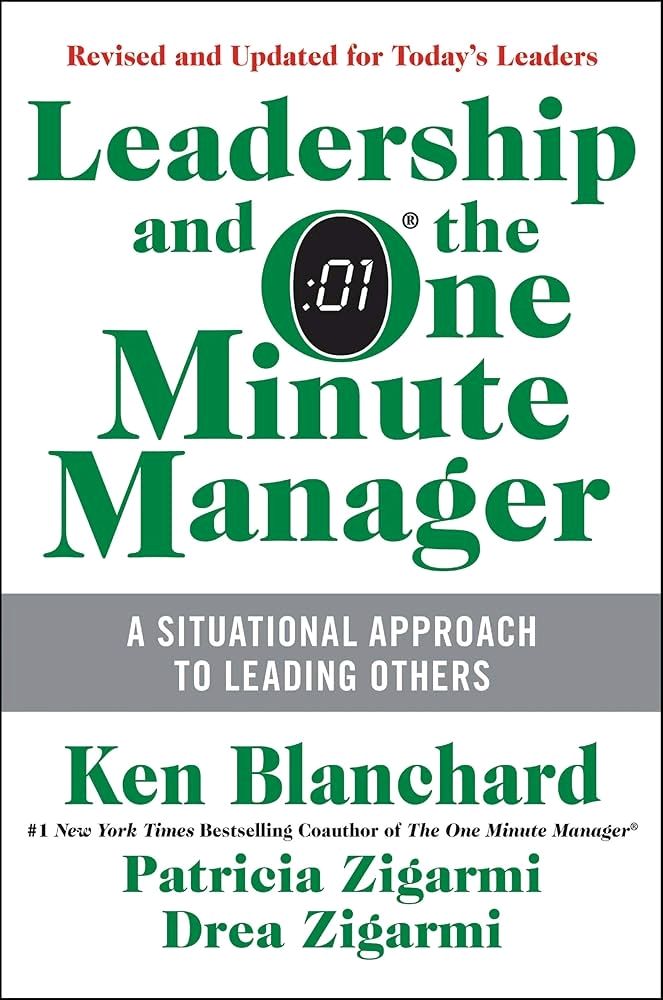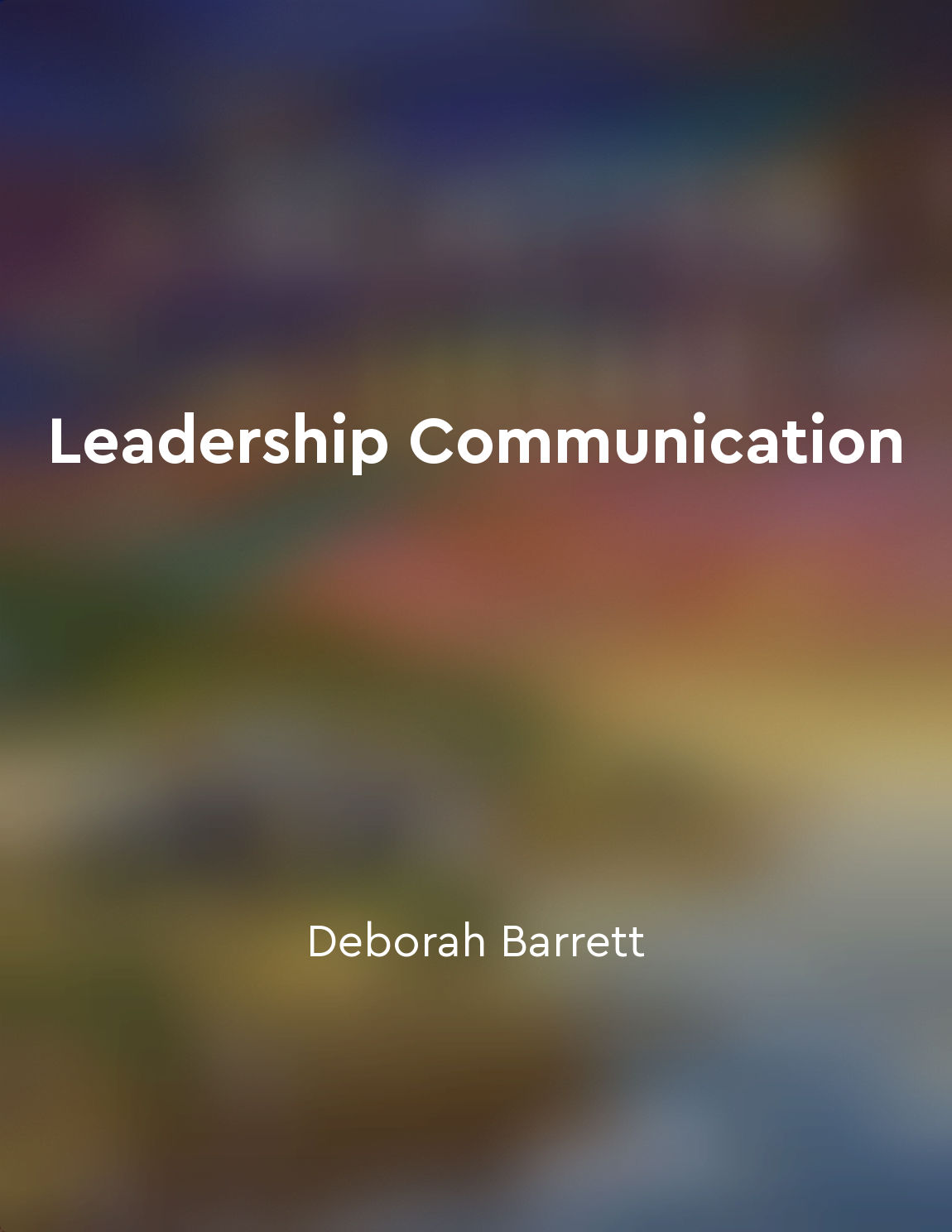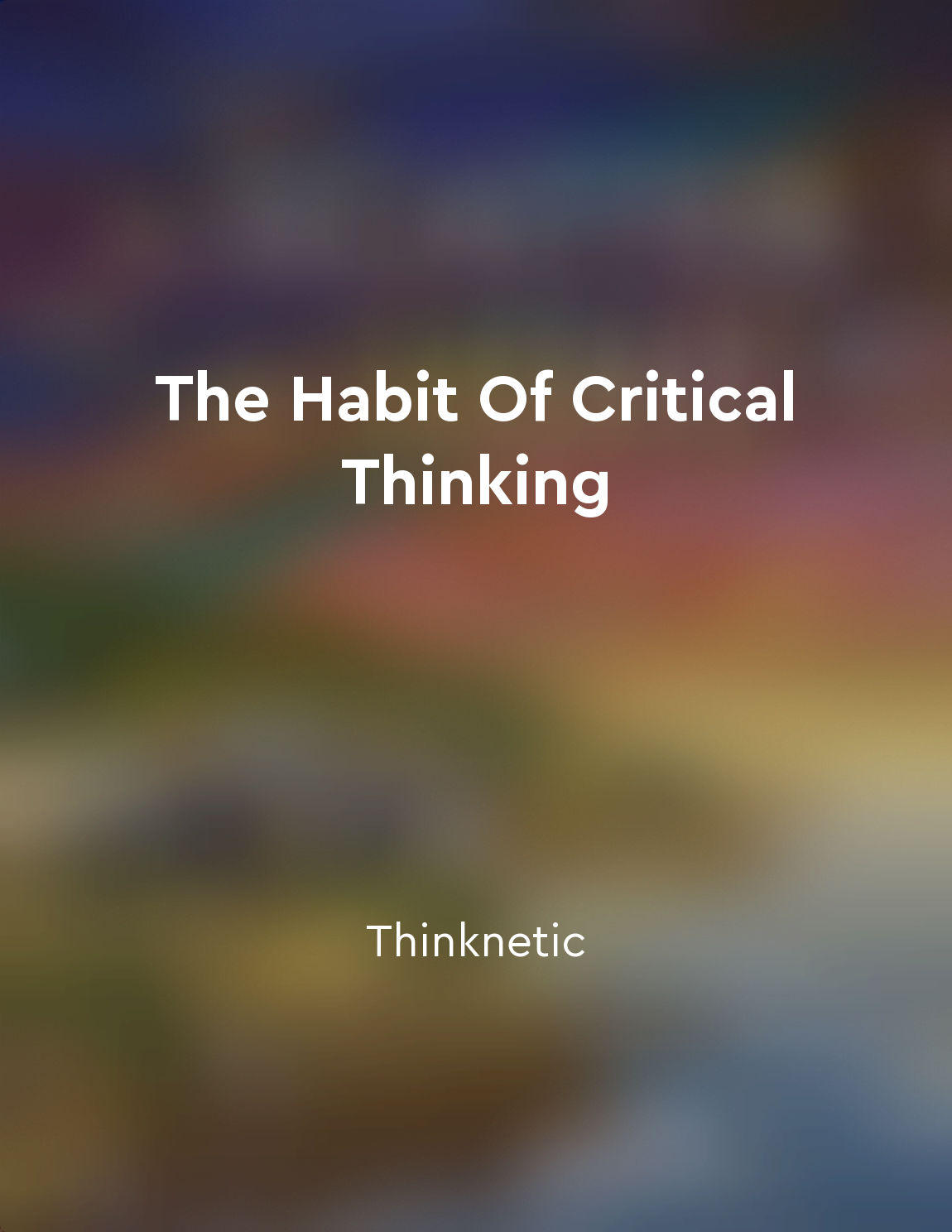Create a feedback loop for ongoing improvement from "summary" of Managing Creativity and Innovation in the Workplace by Institute of Leadership & Management
To ensure continuous improvement in the workplace, it is essential to establish a feedback loop that allows for ongoing assessment and refinement. This loop involves collecting feedback from various sources, such as employees, customers, and stakeholders, and using this information to make informed decisions about how to enhance processes, products, and services. By creating a systematic approach to gathering and analyzing feedback, organizations can identify areas for improvement and take proactive steps to address them. Feedback can take many forms, including surveys, interviews, performance evaluations, and customer reviews. It is important to gather feedback from diverse sources to gain a comprehensive understanding of the strengths and weaknesses of current practices. Additionally, feedback should be specific, actionable, and timely to ensure that it is useful for driving improvement initiatives. By soliciting feedback regularly and consistently, organizations can identify patterns and trends that may indicate underlying issues that need to be addressed. Once feedback has been collected, it is crucial to analyze the data and identify key insights that can inform decision-making. This may involve categorizing feedback into themes, conducting root cause analysis, and prioritizing improvement opportunities based on their potential impact. By involving employees and other stakeholders in the feedback analysis process, organizations can gain different perspectives and insights that may not have been apparent initially. After analyzing feedback, organizations should develop action plans to address identified areas for improvement. These plans should be specific, measurable, achievable, relevant, and time-bound to ensure that progress can be tracked and evaluated effectively. By implementing these action plans and monitoring their impact over time, organizations can ensure that continuous improvement becomes a sustainable and embedded practice within the workplace culture.- Creating a feedback loop for ongoing improvement is essential for organizations looking to enhance their creativity and innovation capabilities. By systematically collecting, analyzing, and acting on feedback, organizations can identify opportunities for growth and development, ultimately leading to increased competitiveness and success.
Similar Posts

Being a positive role model inspires others
In the story, the One Minute Manager is a positive role model for his employees. He practices the principles of one minute goal...

Focus on the process rather than the outcome
The idea of focusing on the process rather than the outcome is a fundamental concept in achieving success. This concept emphasi...
Believe in the power of small ideas
When it comes to innovation, we often fall into the trap of thinking that breakthroughs have to be grand, earth-shattering idea...
Concentrate on priorities
The first step in the road to effectiveness is to focus on priorities. This may seem like an obvious point, but it is surprisin...

Transparency and honesty are essential in leadership communication
In the realm of leadership communication, transparency and honesty stand as crucial pillars that uphold the integrity and trust...
Creativity is essential for innovation
Creativity is the lifeblood of innovation in the workplace. Without creativity, new ideas cannot be generated, and without new ...

Construct logical arguments
Constructing logical arguments is a fundamental skill in critical thinking. It involves presenting a series of statements or pr...
A resiliência é importante para se recuperar de falhas e continuar em busca da excelência
Resilience is a key quality that can make all the difference when it comes to achieving excellence. In the pursuit of our goals...
Practice mental timetravel to anticipate outcomes
Imagine you are about to make a decision. Before you proceed, take a moment to mentally transport yourself into the future. Pic...
Avoid the gambler's fallacy when assessing probabilities
When it comes to assessing probabilities, it's crucial to steer clear of falling into the trap of the gambler's fallacy. This c...

